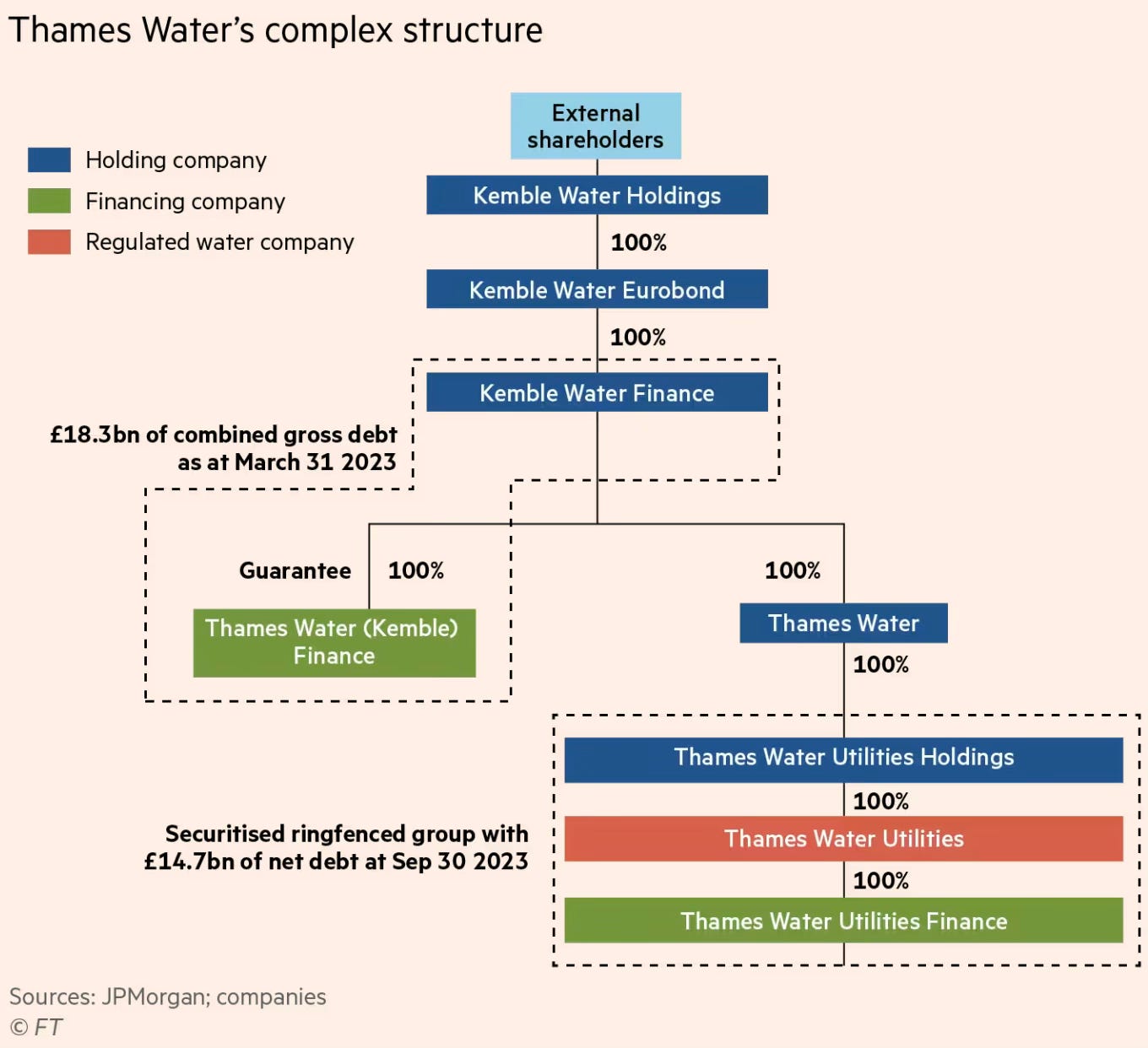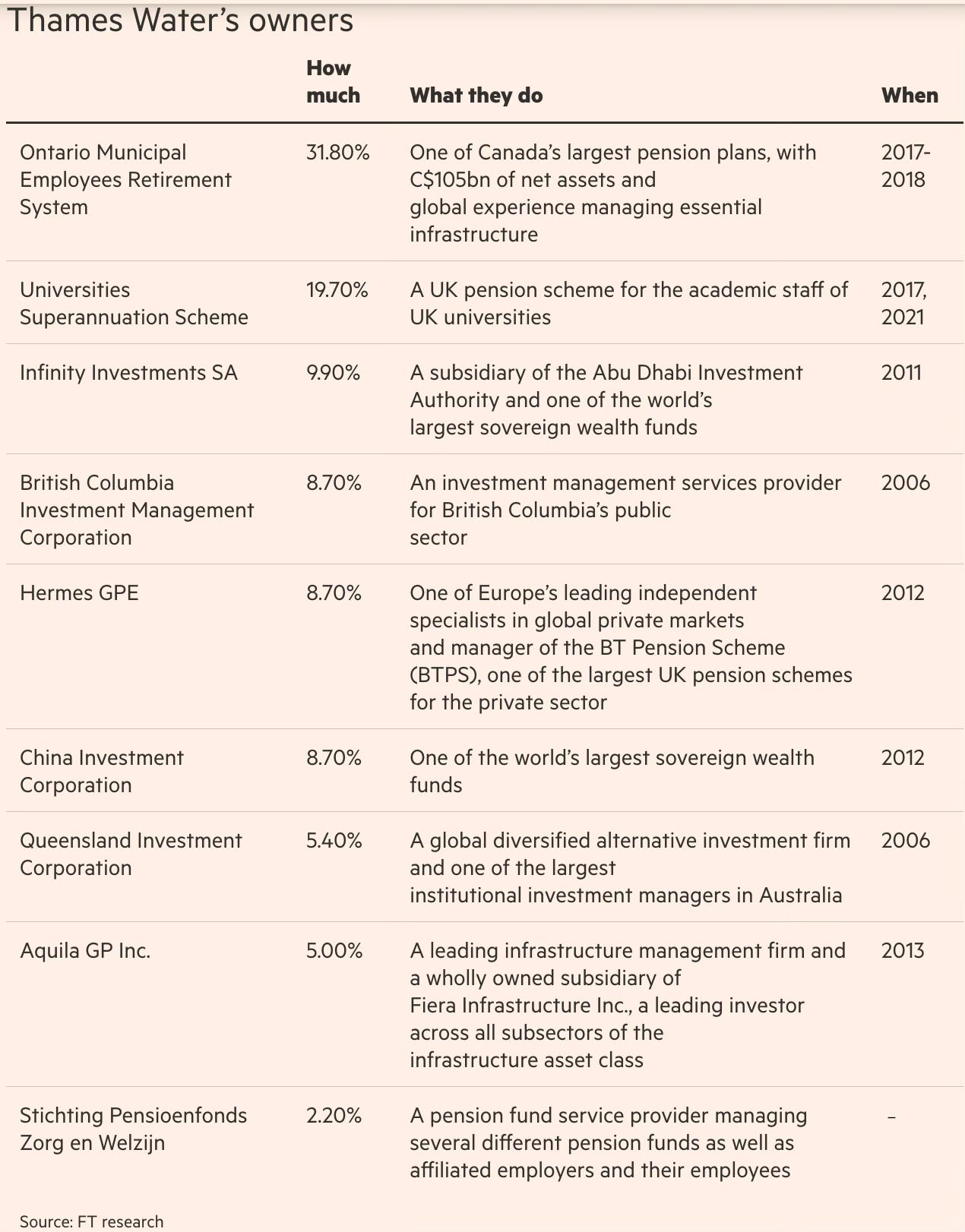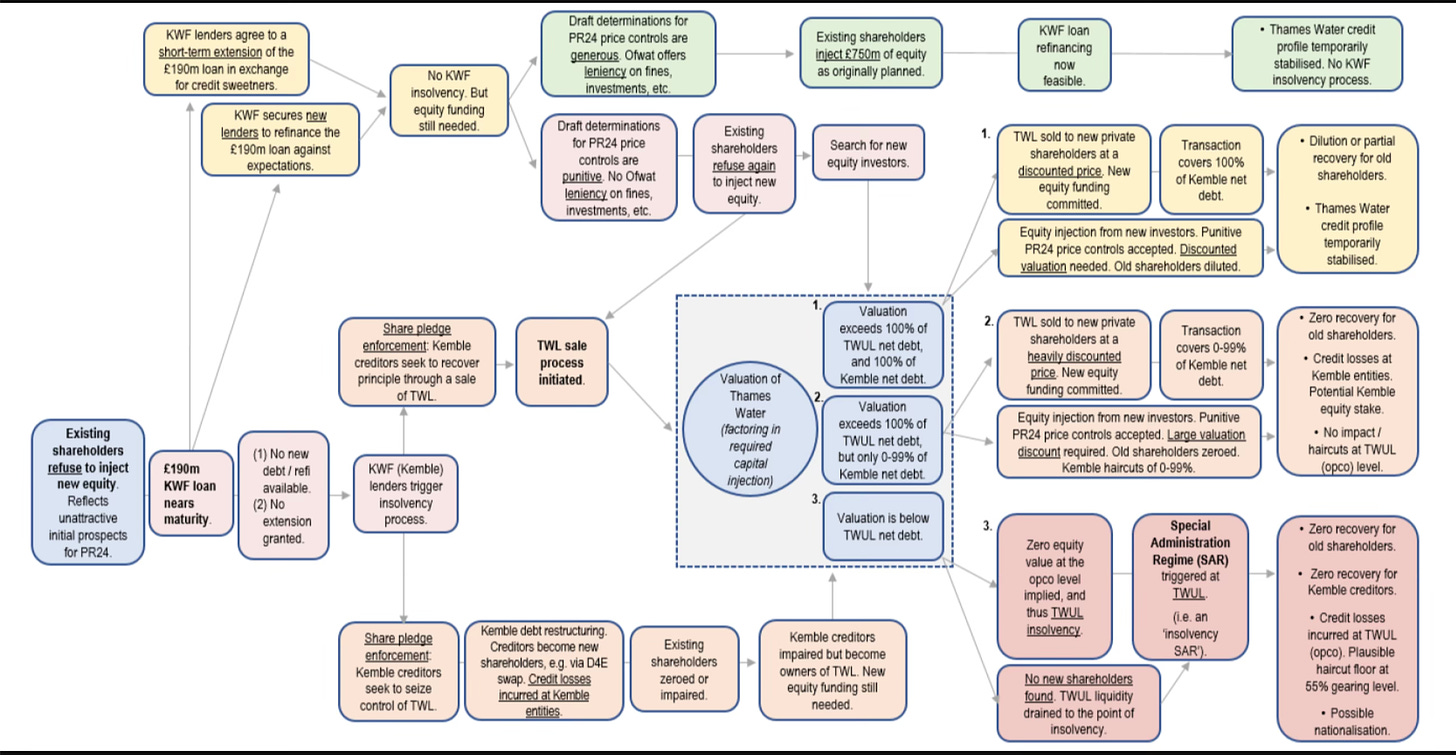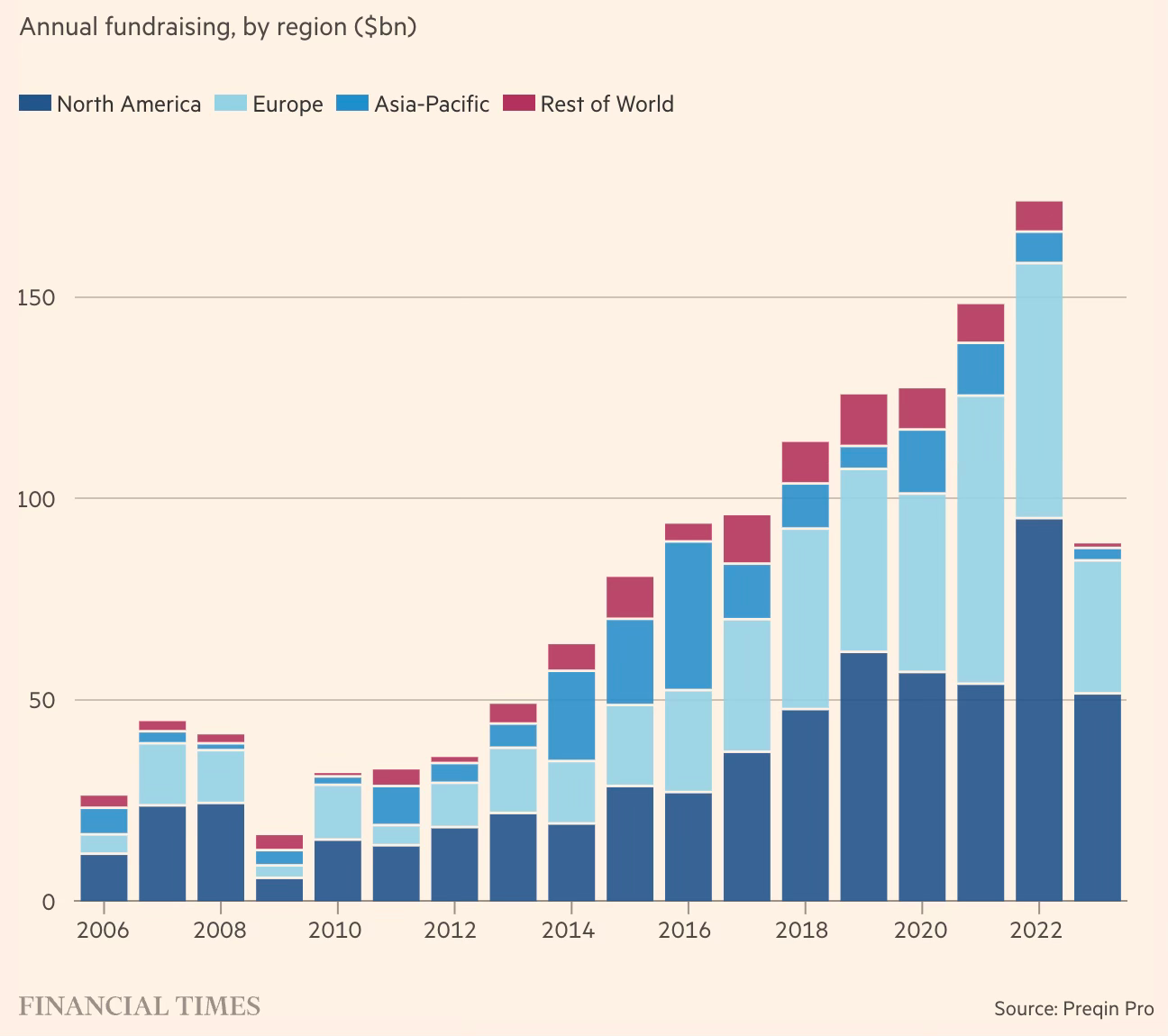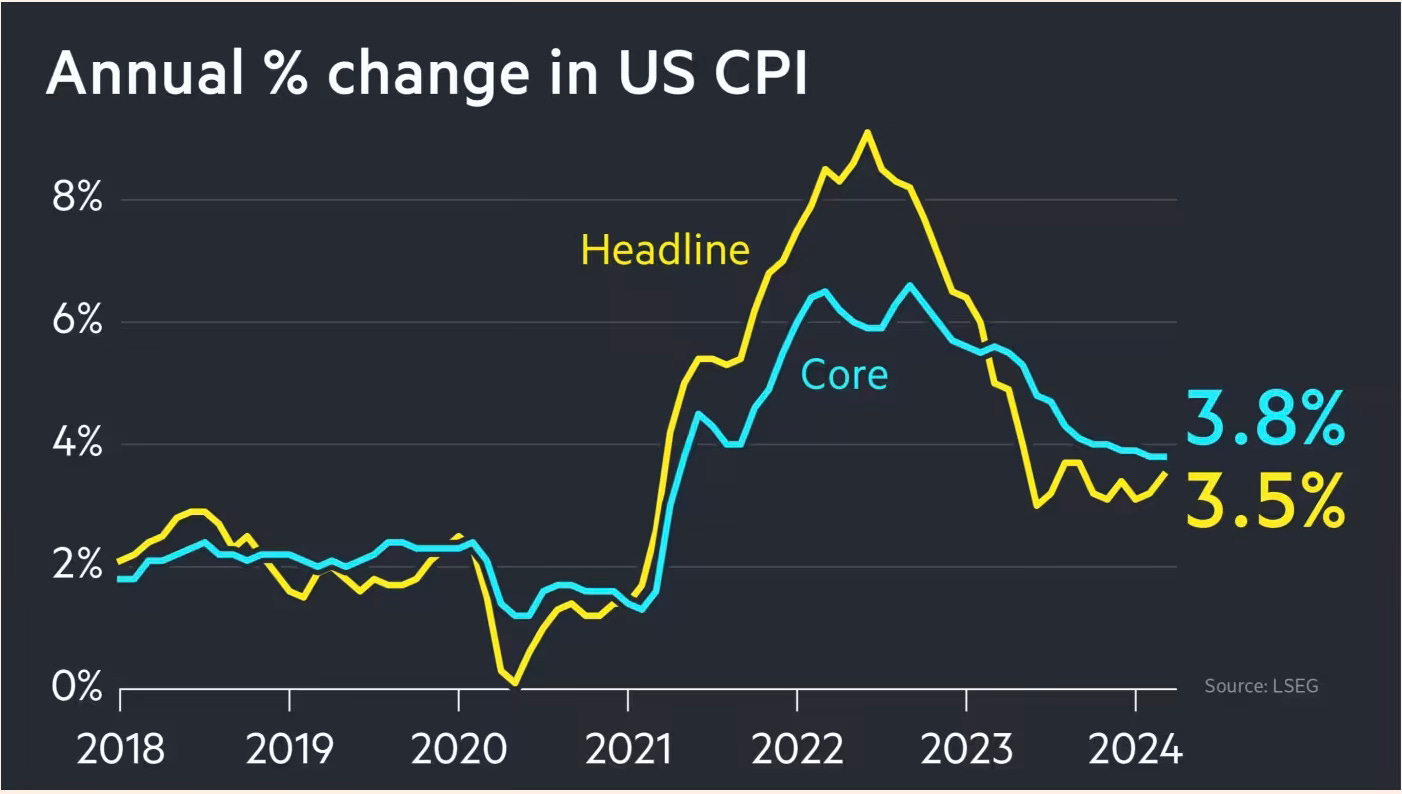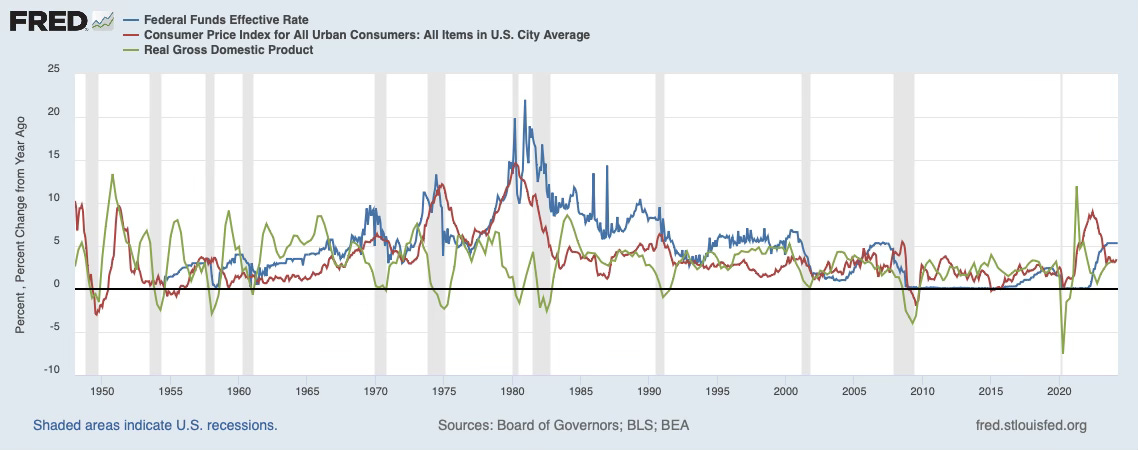The most important constraint in economic development is not capital, labour or other factors, but the “ability to make development decisions”. This is the point that Albert Hirschman makes in his classic book, Strategy of Economic Development, says Oliver Kim in an excellent essay on one of the truly great economists.
Rather than endlessly debate which prerequisites for growth a poor country is missing, Hirschman shifts the focus to figuring out how to make the best use of the resources it already has. But, without the guidance of a grand plan, how should policy makers decide how to allocate their attention? The solution Hirschman proposes is unbalanced growth. Instead of trying to solve all problems all at once, policy-makers should push forward in a limited number of sectors, and use the reactions and disequilibria created by those interventions to inform their next move.
Take the example of an industrial district. With limited resources, a policymaker may have to choose between building the actual factories, or laying down the highways and power-plants (what he calls Social Overhead Capital) to supply it. Based on his theory, Hirschman makes the provocative case that infrastructure should sometimes follow, not lead, private investment… Hirschman encourages us to flip the script. Rather than see bottlenecks and shortages as embarrassing signs of failure, policy makers can use these pressure points to identify opportunities where an additional investment might go the farthest. With the road congested, it’s much easier to see it needs to be improved–and far better to upgrade a well-used road than build a highway to nowhere. The policy-maker, once inundated with choices, now has a clear guide on how to act. Even better, pressure points may organically summon other, non-state actors to try and address the now-glaring shortfall. Perhaps an independent power producer will spy a market opportunity, or a private railway may decide to step in and connect the factory to their network.
Hirschman formalizes this insight with his famous notion of backward and forward linkages. Backward linkages are the demand created by a new industry for its inputs, like steel for an auto plant or milk for a cheesemaker. Forward linkages are the reverse—the knock-on effects of a new industry’s outputs on the firms it supplies. Backward linkages, Hirschman goes on to explain, are better at spurring growth than forward ones. Rather than plopping down a steel factory somewhere, with no customers assured, it is far easier to build the auto plant first, sourcing the car parts from other countries as needed, then gradually entice local producers to enter the market. Instead of a Big Push across all industries at once, Hirschman calls for the Targeted Strike–choose the sectors with the most potential to create demand for other inputs, and support those.
Hirschman also argues that the “nonmarket” responses induced by a policy change may be just as important as market ones. If, say, the factories in the industrial zone face a shortage of trained workers, the locals may clamor for new schools. Or if the trucks congest their neighborhood roads, they may pressure their local officials to improve the highway. Politics cannot be separated from economics when thinking about developmental choices. Hirschman’s theory of unbalanced growth is rooted in empiricism, allowing policy makers to test and gauge the reactions of the specific context rather than applying some universal formula. It recognizes that development is naturally a chaotic, messy process, much closer to a “chain of disequilibria” than the result of a master plan. To paraphrase another important development thinker, Hirschman’s unbalanced growth is the modest call to cross the river by feeling the stones, one intervention at a time.
This brilliant. Hirschman makes a very profound observation, one that is genuinely difficult to grasp and also unsettling. It resonates strongly with my instincts as a practitioner of development.
I’ll frame it slightly differently and in terms of a framework I’ve found useful (see this and this). The development decision that Hirschman alludes to is the “ability to exercise good judgment”. Almost all of doing development is about making non-technical decisions (the technical ones are easier, have limited degrees of freedom, and mostly slot themselves into place). Such decisions are invariably an exercise of judgment by taking into consideration several factors, one of which is the technical aspect (or expert opinion). The most important requirement for the exercise of good judgment is experience or practical knowledge. In the language of quantitative science, it’s about having a rich repository of data points that one can draw on to process a decision.
The Greeks describe this synthesis as phronesis, or practical wisdom. In practice, as the history of development shows, given the political economy, organisational bargaining, and distorted incentives, such judgments many times go astray.
It gets more complicated. It’s not one decision, but a series of continuing, even interminable, decisions. In other words, a country’s development trajectory is determined by a continuing series of judgments. This applies to industrial policy and promotion of industrial growth, macroeconomic policy and inflation targeting, and programs to improve student learning outcomes or skills, increase nutrition levels and health care outcomes, improve agricultural productivity, and so on.
Institutional structures that facilitate information flows and create the right incentives are perhaps essential to create the conditions for good judgments to emerge. But enlightened and wise leadership often papers over institutional failings, at least for some time. A combination of both is ideal.
This judgment is made at both tactical and strategic levels. At the former, it’s about an immediate response to an emerging issue or situation, whereas at the latter, it’s about keeping in mind long-term considerations. In the latter, sometimes an exercise of judgment can be about “losing the battle to win the war”, “shooting in a different direction to the target”, “embracing the enemy and building coalitions”, and so on.
Travelling the development journey can be like driving a car at night or in dense fog. It’s like what EL Doctorow said in another context, “It's like driving a car at night. You never see further than your headlights, but you can make the whole trip that way.” Add that you are driving at night on a road with several forks and must make the right decisions to reach your destination. The metaphor is apt for the development journey.
Every example of successful development journeys in recent times from Singapore under Lee Kuan Yew to China under Deng Xiaoping to South Korea under Park Chung-hee and their respective successors, has been about “driving a car at night on roads with several forks and turns” or “crossing the river by feeling the stones”. These journeys have been about the right political and institutional incentives and wise leadership combining to create the conditions for the exercise of a series of good judgments that in turn facilitated “good development decisions”.
Such judgments can sometimes go wrong. It’s common in national development journeys to have bad judgments (or misjudgments), even phases of several bad judgments. The more complex the context, the greater the likelihood of mistakes. Most commonly, bad policies and bad leadership often stray into the path and can derail the journey.
The challenge is not to avoid these mistakes, for they are inevitable. But to have institutional incentives that allow mistakes to get quickly detected, deliberated, and rectified. This means institutional acceptance of failures and the space for deliberation within the policy-making and implementation systems. Strong institutional systems can help countries that have gone astray recover lost ground and get back.
There are strong parallels here with the private sector. Amazon did not plan to get where it stands today when Jeff Bezos started in 1995. No company plans its life beyond a handful of years. Yes, they’ll have strategic plans and all, but in terms of operation or execution, their time horizons are limited. But they have systems (and also incentives) to respond to emerging developments in the market. This response involves an exercise of judgment.
The best companies are those that respond swiftly and effectively to external stimuli. They also have the conditions that allow experimentation, tolerate failures, quickly cut losses and kill failing ideas. These decisions are also about the exercise of judgment.
To this extent, private sector growth is also constrained by “decision-making ability”. However, the conditions under which the judgment has to be exercised are far less complex than in government. In some ways, in general, the difference is like that between driving in dense fog and clear conditions, or roads with more and few forks. Most importantly, there’s the disciplining force of the markets that aligns incentives and channels the leadership towards making the right decisions. This important institutional incentive does not exist in governments, except in the theory that there’s a marketplace for votes that aligns with the incentives of politicians.
This explanation is just as relevant for national development trajectories as it is for the implementation of individual policies and programs. As I have blogged here, there are no perfect policies or programs. Their success is mostly about their implementation. And implementation, to be effective, must be necessarily iterative, involving a series of decisions that are essentially exercises of judgments.
All this does not mean there’s no space for technical and professional expertise. On the contrary, good judgments are built on the foundations of which expertise is an important ingredient. It’s only that they go much beyond technical and professional expertise. It’s most critically dependent on the experiential knowledge accumulated over a long time of practice. It’s this important distinction that experts and commentators who engage with policy from the outside struggle to grasp. For most, it’s an unknown unknown.
In conclusion, I’ll slightly modify Hirschman and argue that the binding constraint in economic development is the “ability to exercise good judgment”!
